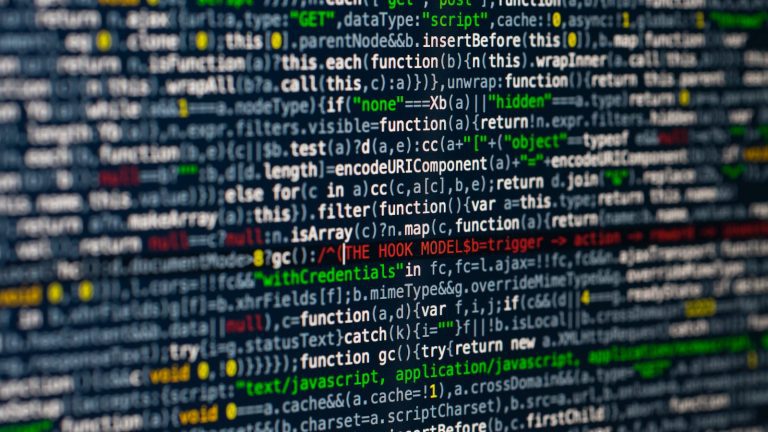Introduction
In currency trading, the profit factor is an important measure of a forex trader‘s success, helping them to determine if his strategy was successful or not. It is calculated by dividing the total profits earned from opening orders by the losses incurred from the same. At first this may seem like a difficult calculation, however using the power of Python you will be able to make more informed decisions and increase your profits. This article will provide a comprehensive overview about the profit factor formula and how you can use it tp maximize your trading success.
What is Profit Factor Formula?
The profit factor formula is an important tool for forex traders, providing a metric to measure the profitability of their trades. To calculate the profit factor, divide the total profits earned from opening orders by the losses incurred from the same. At its most basic, the formula is: profit factor = total profits / total losses. The result of this formula will be a number which can range from 0 to infinity, allowing traders to quickly and easily assess the success of their trading strategies. A number above 1 indicates that the strategy is profitable, while a number below 1 indicates a loss-making strategy.
How Does Python Help With Profit Factor Formula?
Python is a powerful and popular programming language used by data scientists around the world. It is commonly used in the financial services industry because of its capabilities for large data analysis quickly and accurately. By incorporating Python into your trading strategies, you can quickly and accurately calculate your profit factor with minimal effort.
Python also provides a powerful data analysis platform which allows traders to analyze their trading history and explore different market trends. This can be an invaluable tool for forex traders because it helps them identify potential market opportunities which may be beneficial to their trading strategies. With Python, traders can use the profit factor formula to quickly evaluate the success of their trading and make informed decisions quickly and accurately.
Using Profit Factor Formula with Python
Once you have determined the profit factor of your strategy, you can use Python to evaluate your trading and make decisions about future trades. Python has powerful data analysis capabilities to help you identify market trends and analyze the outcomes of previous trades. You can also use Python to backtest your trading strategies and determine their profitability and potential for success.
In addition, you can use Python to set up automated trading that is based on your profit factor model. This means that you can quickly and easily execute trades and minimize your risk of losses. This is especially helpful if you cannot devote the time or resources necessary to manually analyze and manage trades.
Finally, Python also allows traders to explore different asset classes and find profitable trading strategies that fit their individual goals. By combining the profit factor formula with start of the art analysis tools, traders can use Python to make more informed decisions and improve their trading performance.
Conclusion
The profit factor formula is an invaluable tool for forex traders. It helps them quickly and accurately assess the success of their trading strategies, giving them the insight they need to make profitable trades. By utilizing the power of Python, traders can quickly and easily calculate the profit factor of their trading strategies and use powerful data analysis tools to identify useful market trends. With the help of Python, forex traders can optimize their trading decisions to minimize risk and maximize profits.
The Benefits of the Python Profit Factor Formula to Forex Trading
Python is growing in popularity in the trading community as it offers many advantages to traders, especially with its use in the profit factor formula. The Profit Factor is an important tool that traders use to evaluate the return on investment (ROI) of a trading system. This calculation determines the profit generated in relation to the losses. By knowing this information, traders can evaluate the viability of investing in a given system or strategy. To determine the Profit Factor of a trading system, the equation requires production of both win and loss amounts, as well as the total number of trades. Using the Python programming language to conduct this calculation offers speed, accuracy, and a greater potential for profit.
How to Calculate the Python Profit Factor Formula
The Profit Factor is a standard calculation used by traders to measure the effectiveness of their trading strategy or system. It uses the following variables: Winning probability; Average profit from a profit-making trade; Average loss from a loss-making trade. To arrive at the Profit Factor, the winning trades are divided by the losing trades. To implement this calculation in Python, traders need to utilize a function called get_activities() which essentially functions like a loop. This loop allows the trader to first figure out how much is sold, then look at what was the initial investment, and finally, calculate the Profit Factor. It’s important to note that the get_activities() function is not part of the native Python package, but it can be downloaded from many 3rd party resources. Once this is set up, the Profit Factor script can be used to automatically conduct the calculation with no need of manual input.
Using the Python Profit Factor Formula to Evaluate Trading Systems
The Power Factor calculation can help traders evaluate existing systems or potential new systems. It’s important to note, however, that using the Profit Factor alone should not be the sole basis for determining a trading system’s effectiveness. Instead, it is best to use a combination of statistical techniques to determine a strategy’s effectiveness along with its potential for return on investment. Also, it’s important to conduct a Profit Factor calculation on a portfolio of different systems, as this will allow the trader to better evaluate the overall profitability of their trading system. It is also recommended to check a trading system’s historical data to determine its Profit Factor for other indicators such as rate of drawdown or maximum drawdown. By doing so, traders can better asses the efficacy of a system and determine whether it is worth investing in.
In summary, the use of the profit factor calculation with Python is ideal for traders who wish to evaluate their trading systems quickly and accurately. When used in conjunction with other statistical methods to assess risk and reward, traders can make more informed decisions about their trading strategies. By taking the time to use the Profit Factor calculation, along with the other methods, traders can develop more reliable trading systems to maximize their potential for earning profits.













